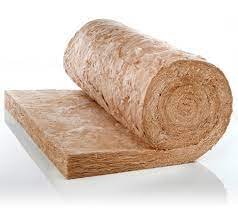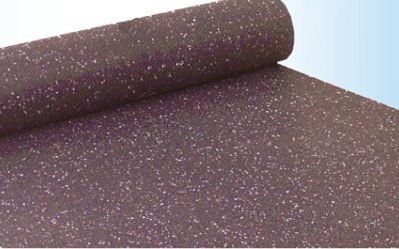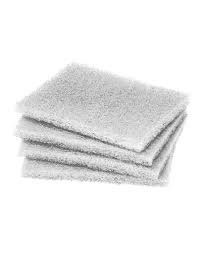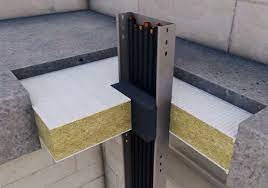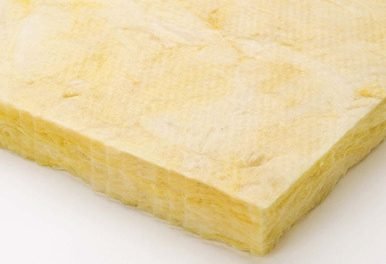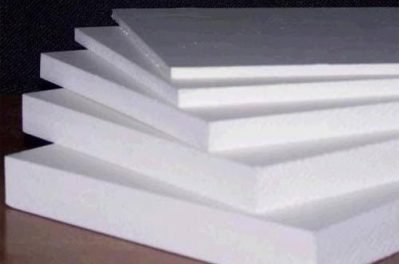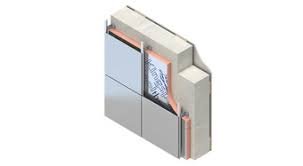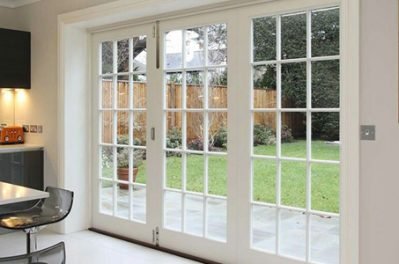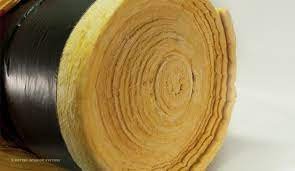When we hear the word “insulation,” we think about different things, and what we think about is usually heavily influenced by our background and experiences. Most Aussies who haven’t been involved in a building project might automatically think about something yellow or pink, which they’ve spotted being pushed into the walls of a house still in the construction stage. For the home owner-builder or renovator, insulation will mean a whole lot more – it might mean comparing different brands and R-Values, and pricing, and trying to figure out what the house needs and what it can do without in the way of insulating performance.
There’s no doubt that the word “insulation” carries with it a slightly negative connotation for many older Australians. The fiberglass insulation, which was commonly manufactured, imported, and installed in Australian homes a few decades ago, was frankly horrible to work with, and not wearing gloves. A long sleeve shirt would trigger a persistent itch from the long, piercing needle-like shards of fiberglass. All of the above relates to bulk insulation, but thankfully today, these products’ quality and handling properties have vastly improved compared to the “olden days.”

